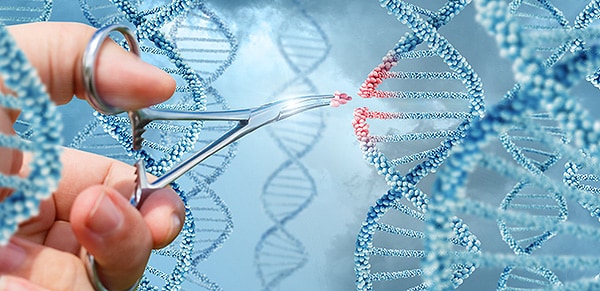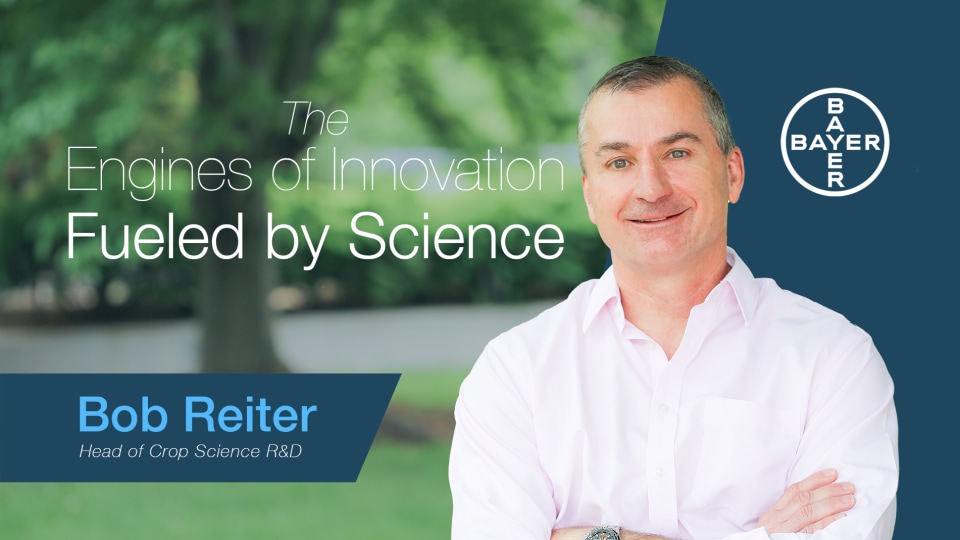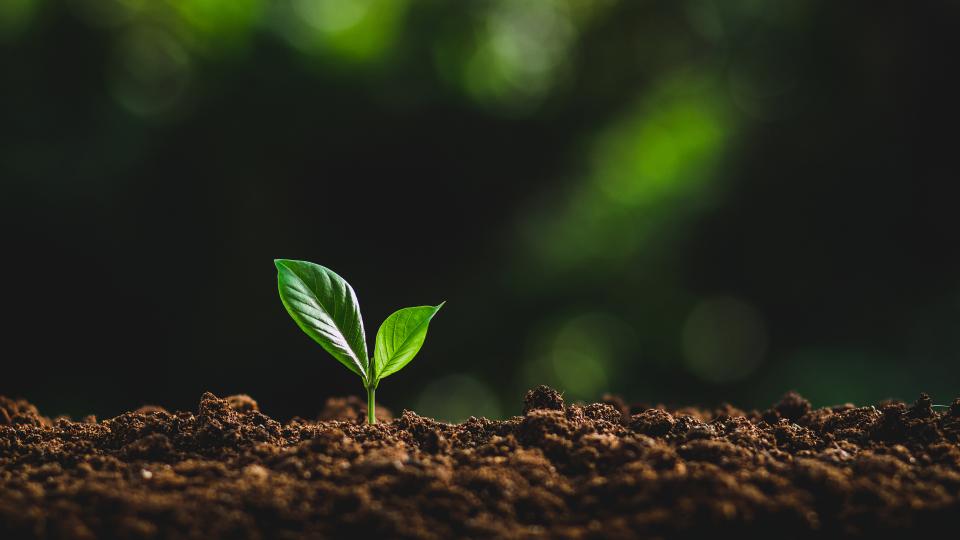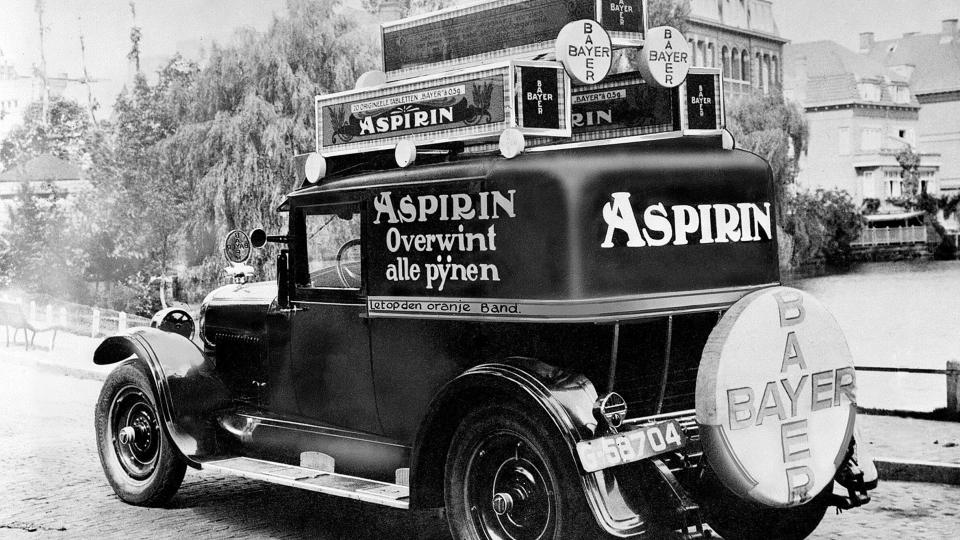Modern Breeding in Organic Farming

Organic farming and modern crop cultivation techniques are not mutually exclusive concepts. For Pamela Ronald and Raoul Adamchak, a married couple from California, both elements are part of everyday life. She is a scientist; he is an organic farmer.
The sunshine can be unrelenting in Davis, California. Even the straw hat that Raoul Adamchak likes to wear can't fully shield his face from the sun's rays. A self-described idealist, he prefers to believe in solutions rather than problems. And sometimes he just has to calmly accept things. Like when pests yet again attack his plants.
- 1/4
- 2/4
- 3/4
- 4/4




The organic farmer stands in the field and squints as he holds the roots up to the light. Not much is left. It's going to be a meager crop, if it even grows at all. In Davis, California, there are many options to purchase alternatives if the crop fails. This is not the case in many parts of the world where farmers and their families often cannot eat if a crop fails.
Like Adamchak, Pamela Ronald works at the University of California, Davis, one of the biggest and best-known agricultural universities in the world. Yet, they make an unusual couple. He is an organic farmer and teaches organic agriculture to students on the university’s farm. She is a plant geneticist and works in a laboratory.
In the past, Ronald and collaborators developed a type of rice that can tolerate being under water for longer periods of time. To achieve this, they took advantage of the flood tolerant qualities of an ancient Indian rice variety as well as the methods of precision breeding. Today, that rice is grown in Bangladesh and India helping people to eat even when their fields flood.

People think that organic farmers like Adamchak would be against genetic engineering or genome editing. Organic farming and plants cultivated in a laboratory are generally considered to be contradictory concepts. But Adamchak approves of his wife’s research – even though, as an organic farmer, he is not allowed to grow the varieties that are created using genetic engineering. After all, those are the rules of the USDA National Organic Program Standards.
Adamchak and his wife believe that combining the planting of genetically improved crops with sustainable farming practices will play an important role in feeding the world’s growing population in an ecologically balanced way. Besides, as Ronald explains, all crop plants have been genetically altered in some way. “Everything that we eat for breakfast, lunch and dinner has genetic changes that humans have introduced. There are various ways to achieve these changes. Genetic engineering and CRISPR-Cas included.”

Using a tool called CRISPR (Clustered Regularly Interspaced Short Palindromic Repeats)-Cas researchers can alter DNA with a high degree of precision. This new approach is often called “genome editing”. Unlike conventional methods of genetic engineering, with CRISPR, researchers can make precise changes in specific target sites in the genome resulting in plants with new, targeted attributes. For example, they can be made to stay fresh longer or produce more fruit. The procedure also provides new possibilities for fighting AIDS, cancer and some genetic diseases.
Arguments about genetic engineering can at times be emotional. To Adamchak, that is understandable. “Most people want healthy food and to minimize the impact of agriculture on the environment,” he says. But people also know too little about genetics and crop cultivation. “So they are vulnerable to fear-mongering.”
To help consumers engage with agriculture, he and his wife wrote a book called Tomorrow's Table: Organic Farming, Genetics, and the Future of Food.
Adamchak would like to see a number of things change: “Conventional farmers should introduce more diversity into their crop rotations, reduce their use of crop protection chemicals, integrate biologicals into their spray plans and set up features that support beneficial insects – and they should utilize agricultural techniques that minimize nutrient loss.” But he adds that even organic farmers need access to better seed technologies that help to reduce crop losses, thus increasing yields. Why are Adamchak and Ronald fighting so hard for their objectives? Adamchak: “Precisely because we are both idealists.”




















